Back in 2019, John Heller discussed the visual effects crafted by FuseFX for season three of True Detective. He later contributed to The Good Doctor, Alienated and Winning Time.
Marjolaine Tremblay launched her visual effects career at ILM in 1994 and has since contributed to a wide range of projects, such as Game of Thrones, WandaVision, Foundation, and The Witcher.
What is your background?
John Heller // The simple answer is Photography. My father introduced me to photography at a young age by gifting me a Chinon camera body with a couple of lenses, all of which I still have. I couldn’t get enough of it and shot everything around me. Then one day the camera took a backseat to a guitar. I spent years writing and touring with various bands around the US and Europe; shooting every bit of it along the way, of course until, at one point, I grew away from that for various reasons. Making the opposite swap, Guitar for camera… I began formally honing my photography skills as an apprentice for an Architectural Photography and design firm, learning from experience alongside some brilliant mentors; eventually shooting my own work. It was during this time that I began working with Photoshop and other Digital Tools, then compositing tools and eventually joined some friends who happened worked in field called visual effects, whatever that was. I showed up at my interview with having zero experience in VFX but with a photography portfolio that I suppose was decent enough. And almost 30 years later of touching almost every discipline along the way…. Here we are.
Funny, I’ll never forget seeing a show called “Movie Magic” when I was a kid where they showed Superman on a table draped in what they called a “blue screen” and the camera-projection systems used to achieve optical composites. I was as fascinated by that as I was confused. Those pioneers inspire us today and surely felt that familiar thrill when faced with challenges and the satisfaction of solving the many puzzles that frequently come with our line of work.
Marjolaine Tremblay // I started my career with a spark of creativity as an Animator. It was a thrilling ride that I very much enjoyed. It wasn’t work, it was passion at its best. The camaraderie, the fascination we had for movement, performance, and story allowed us to bring characters and creatures to life. These early experiences honed my observational skills and creativity. However, my drive to be deeply involved in the broader scope of a project led me to production. My love for organization, numbers, and solving the intricate puzzles of production became my new passion. The transition was and still is very fulfilling, allowing me to channel my excitement into orchestrating complex projects and overcoming the myriad challenges that come with it.
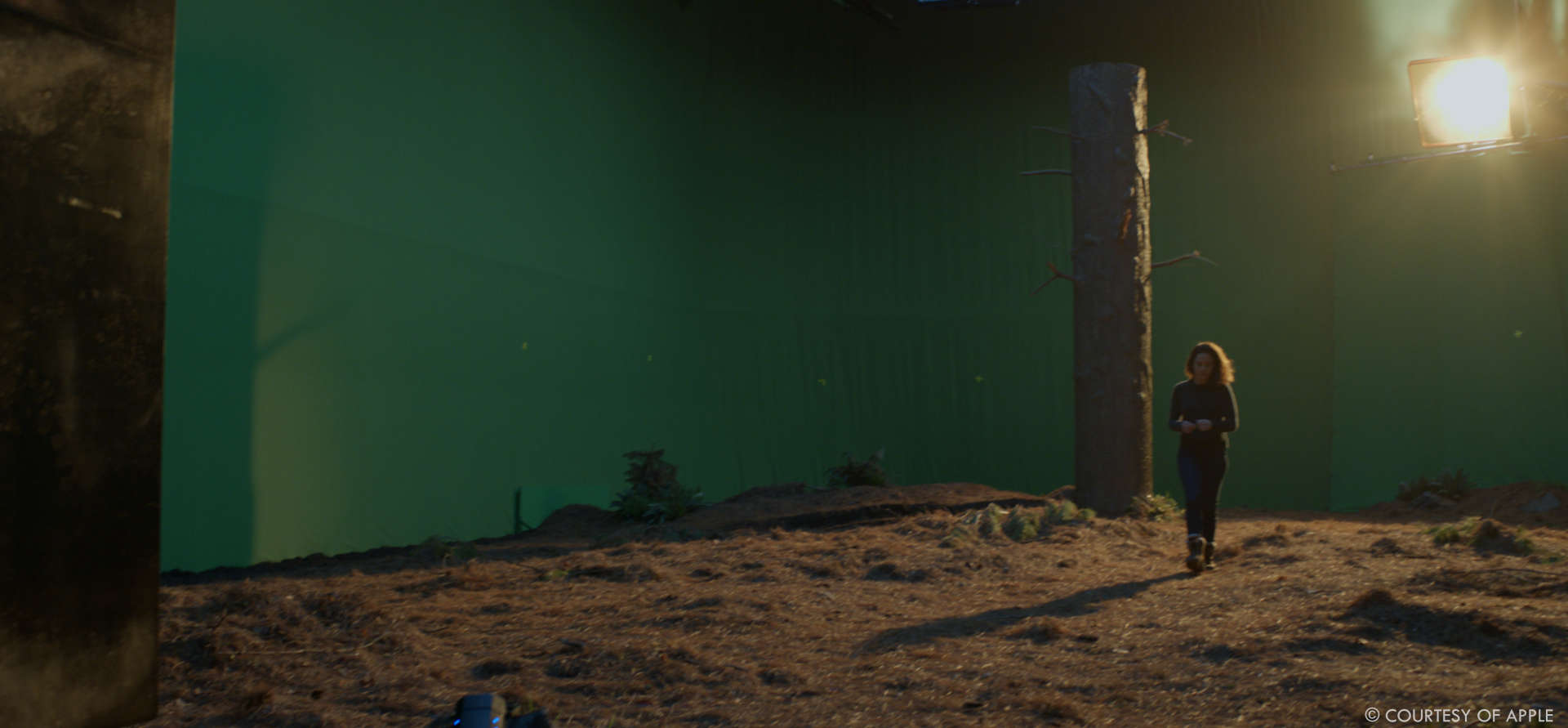

How did you get involved on this series?
John Heller // I was called in by producers who asked me to join the project in September 2022, during the later phases of pre-production, about a month or two ahead of principle photography.
Marjolaine Tremblay // I was brought on during the preproduction phase. My role began diving into breakdowns, budgets, and bidding vendors, and I was very fortunate to stay on until the very end of the project. Being part of that journey was nothing short of inspiring.
How was the collaboration with the showrunner and the various directors?
John Heller // As we all know it can be difficult to navigate the water’s when production families form.
From the beginning there we all put and emphasis on teamwork and common goals, with a healthy respect for what each department brings to the show. Particularly with showrunner Blake Crouch his partner in crime Jacque Ben-Zekry; both very interested in how VFX works, the techniques involved and the role of VFX in the show. Dark Matter presented a particular challenge of how to maintain visual continuity amongst it’s many unique worlds. We worked closely with the Show Runners, DPs, Production Designers and Directors to ensure cohesive stylistic traits of otherwise very different worlds across all episodes.
Marjolaine Tremblay // Most of my work was remote, so it added some challenges during production, especially when everyone was on set. Despite the remote work challenges, my days were dedicated to supporting the team remotely through various communication channels. I had to be very adaptable to the situation. I did fly out to set for a few of the production meetings and attended others via Zoom. My rapport with the showrunner solidified during post-production through our VFX reviews, creative and production discussions.
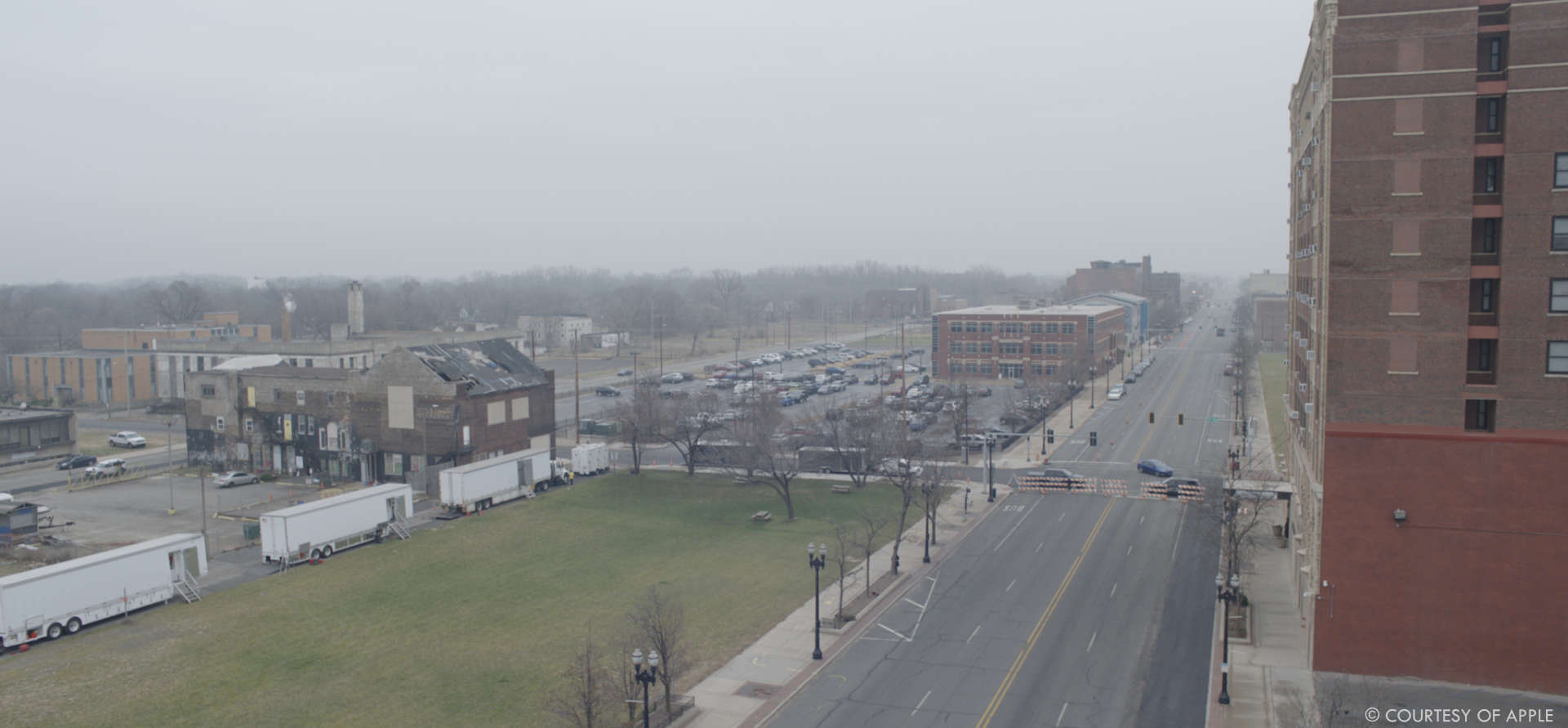
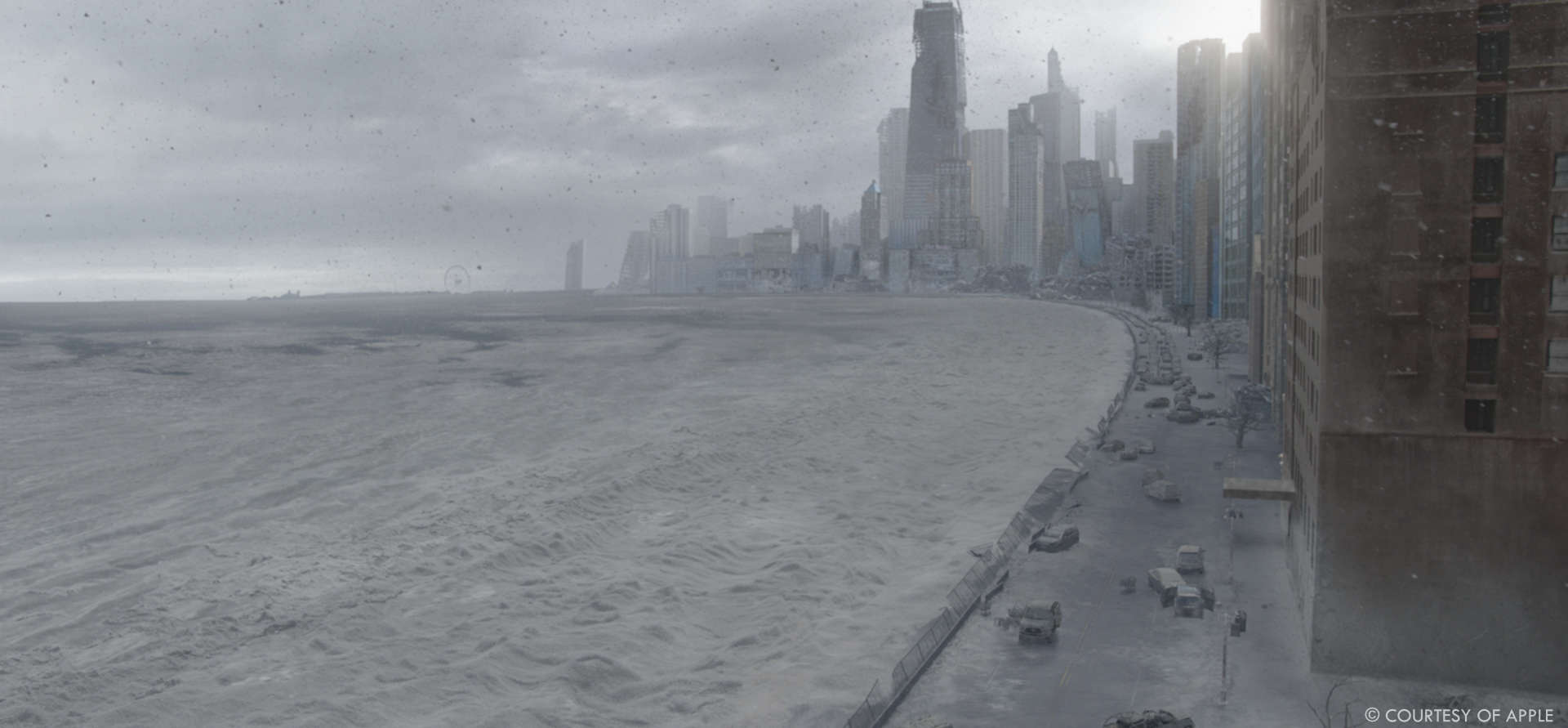
How did you organize the work between you?
Marjolaine Tremblay // John and I quickly built a deep trust and understanding, combining our unique experiences to create a seamless workflow. Our different work experiences were quite complimentary. An example of the workflow was that I would do a first pass at the script breakdown while he would have scouts or various department departments on sets. We would then synchronize our efforts revising numbers and methodologies together. I would then start bidding vendors while he was supervising the set. During that time, I was also prepping for post, setting up Shotgrid (now Flow), and onboarding and expanding our post-VFX team while he was fully immersed in shooting. Our VFX post team was comprised of VFX editor (Marla Bechtel) and Assistant VFX editor (Jason Stewart), Project Manager (Djochoua Belovarski) and coordinator (Eloise Fassler). They became a vital part of this well-oiled machine.
How did you choose the various vendors and split the work amongst them?
John Heller // The most important aspect is quality of work. We always strive to achieve work of the highest quality and look to hire those vendors in whom we are confident can achieve this. We had worked with great talent on this show, partnering with MPC, FOLKS, FuseFX, Digital Domain, Ghost VFX and Papaya VFX.
The process begins with a list of vendors which are a mix of those with which we’ve had positive experiences and others less familiar to us but who have an outstanding legacy for creating the type of work the show requires. Frankly, with around 60 years in the business between Marjo and I, it’s impossible to not know someone at almost every facility which is very helpful. As we factor in all the considerations the Initial lists are narrowed into two to three main vendors who are equipped to take on larger bodies of complex work and a few boutique shops that excel in some specialized area or are otherwise very efficient or adept in certain disciplines. This list may expand a bit as the show moves forward depending on changes in the scope of work, tracking delivery schedules and vendor capacity.
Past experiences with vendors and relationships are also important. Being familiar with the talent who are doing the work is helpful, allows an under the hood view of how a particular project is being handled and allows for straightforward and honest conversations. Trust matters. It is also wise to listen closely to what our Production Executives offer on this. Most have a vast experience with large numbers of vendors across many productions and are happy to recommend those with which they have had good experience.
Marjolaine Tremblay // Good question. Selecting vendors was a thrilling challenge! We picked vendors based on a multitude of factors. We assessed capacity, budgets, experience, risk, and trust but also embraced new opportunities. It all played a big part in our selection. Our lineup of vendors (MPC, Folks, Fuse, Digital Domain, Ghost, Captured Dimension and the new kid on the block, Papaya VFX) was a blend of seasoned expertise and creative experience.
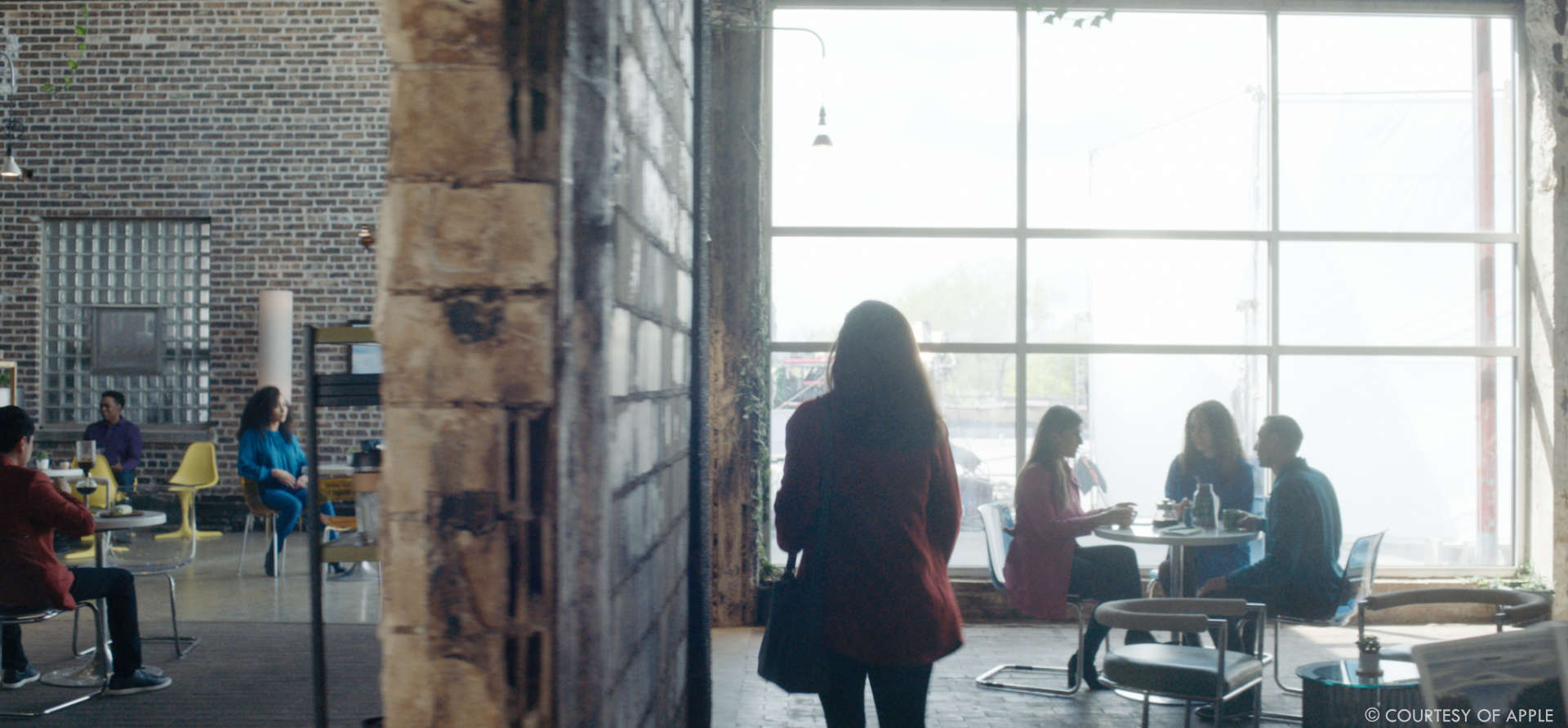
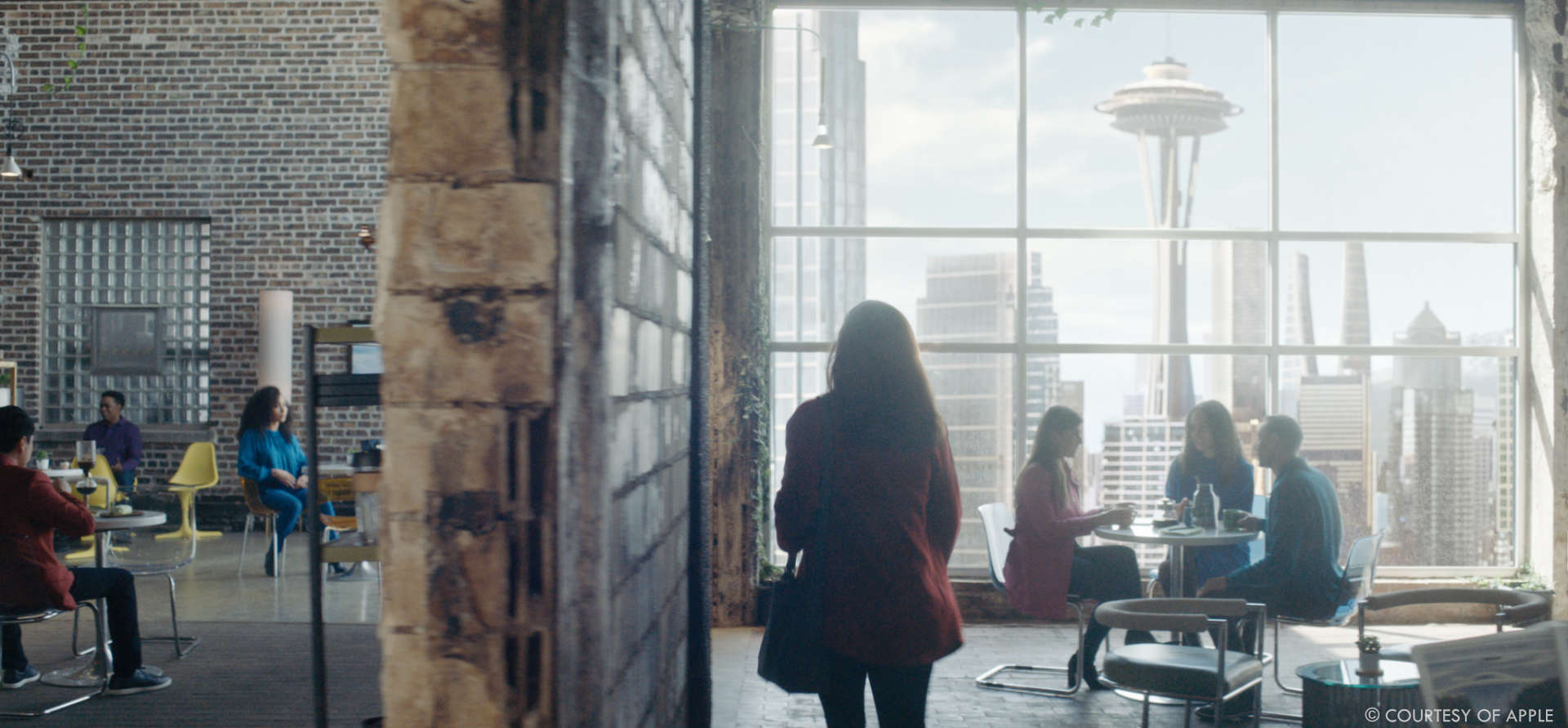
Can you talk about the collaboration between the VFX team and the directors to achieve their vision?
John Heller // The broad picture of the visual tone of the show the basic elements within any given script or scene are generally outlined during pre-production, however, much is honed as each director brings their own unique ideas to the project. The creative process doesn’t happen in a bubble and always involves other factors; script evolution, technical challenges, location limitations, the DPs creative and technical processes, and (dare I say budget) play a role in finding the best approach. As we work toward a common goal, we try our best to be solution oriented. I hear too often from others about past experiences with VFX being too costly, time consuming and limiting…. a necessary evil. Our team works hard to be sure we are not seen as a roadblock to be avoided but as essential, supportive talent and tools that expand what’s possible giving Directors a larger canvas and the freedom to do so with fewer restraints.
Marjolaine Tremblay // The vision for the series evolved very organically in my opinion and came from many sources. It grew stronger throughout the production. The directors and showrunner really led the way, and the collaboration between departments and vendors alike had a big hand in creating the vision in a symbiotic way. The directors and showrunner were very trusting of our team to come up with solutions to make their visions a success. It was a collaborative effort. In VFX, we are lucky that we are deeply involved in the processes of creating, from ideation to the final post.
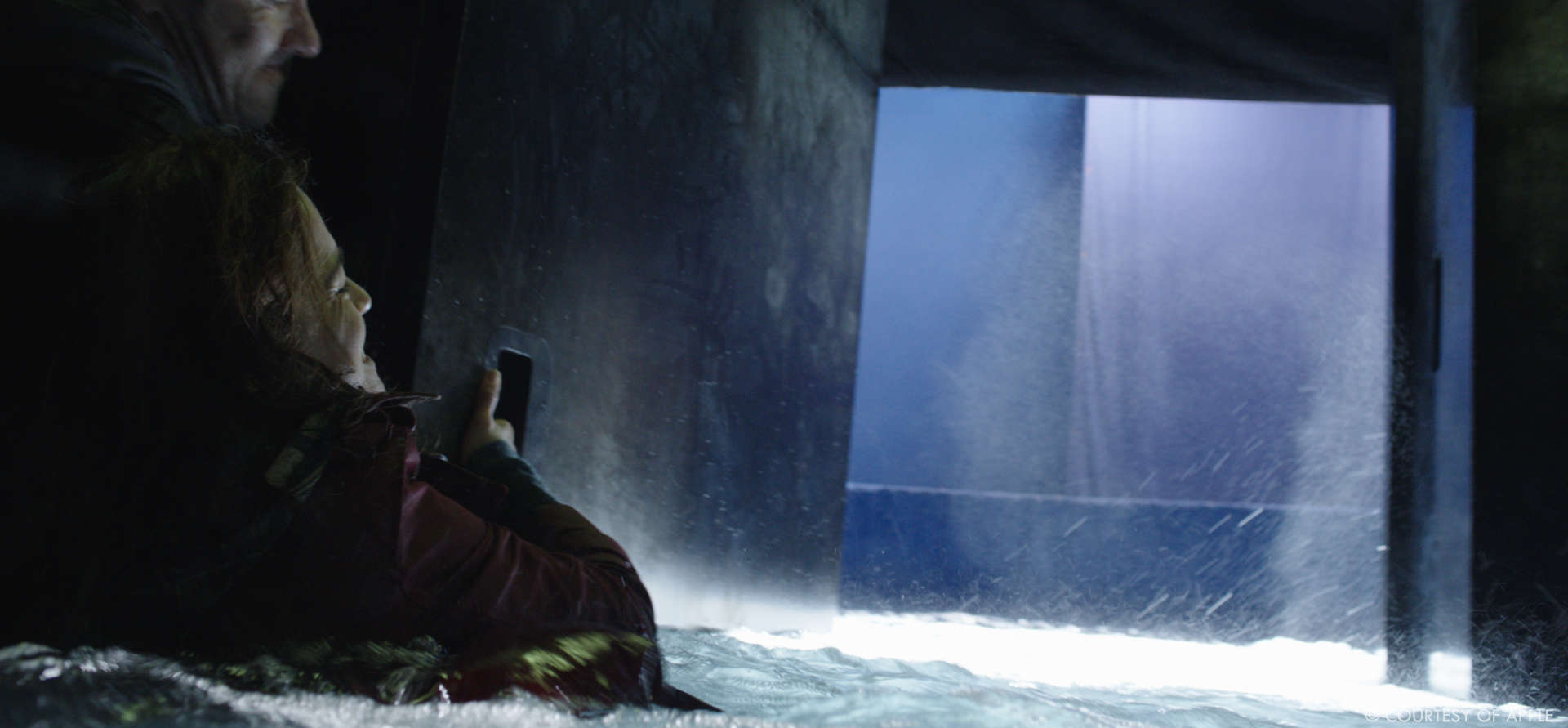
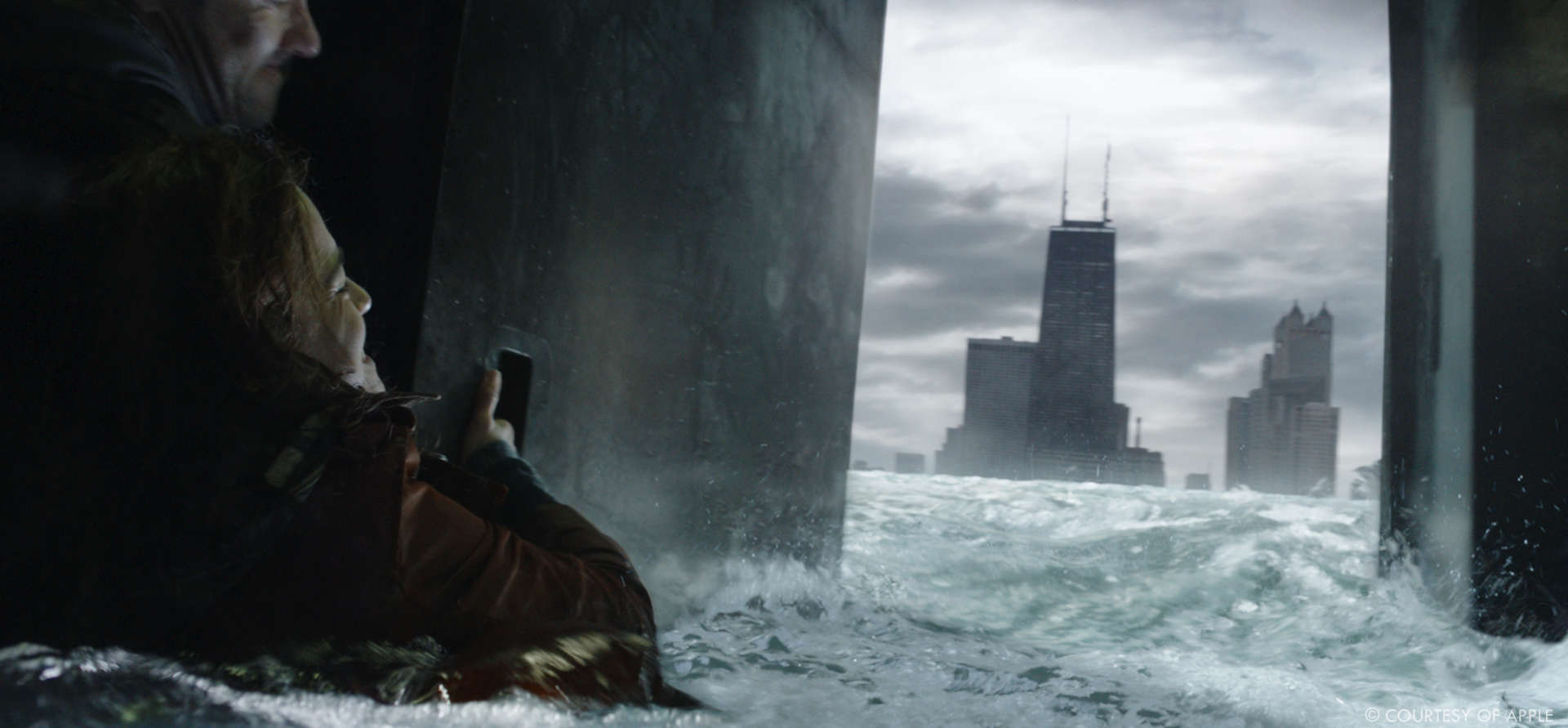
Can you discuss any specific inspirations or influences for the visual design of the series?
John Heller // Blake’s novel provided as much a visual blueprint as a narrative one. Within that are the puzzling ideas based in real physics (which I am still trying to understand), and the desire to express those in some tangible way. This can be seen in the choices made for portraying the physical form of the box and its corridor as well as the effort made in ensuring that the somewhat fantastic vision of alternate worlds remain familiar, natural; plausible.
What role did pre-visualization play in planning the VFX-heavy scenes?
John Heller // We had an in house VFX Design team comprised of several concept, layout and previs artists who worked closely with the production designers all throughout production. Previs played a major role in bridging the gap between initial concept design and how that would be carried through and expressed as final Visual Effects. Our teams work was essential in planning through translating stage diagrams, location data and visual reference into visualization models, schematics and animatics to determine lensing, camera angles, prop layout, special effects needs, etc.
What were the biggest challenges in creating the visual landscapes of different dimensions?
Marjolaine Tremblay // From a production perspective, it was the one-off worlds that we visited for just a few seconds, worlds that needed to convey profound emotions or states of mind mirroring the character. It’s a lot of effort and trial and error. I do hope we get to return and delve deeper into some of these worlds to establish them further. There are so many possibilities
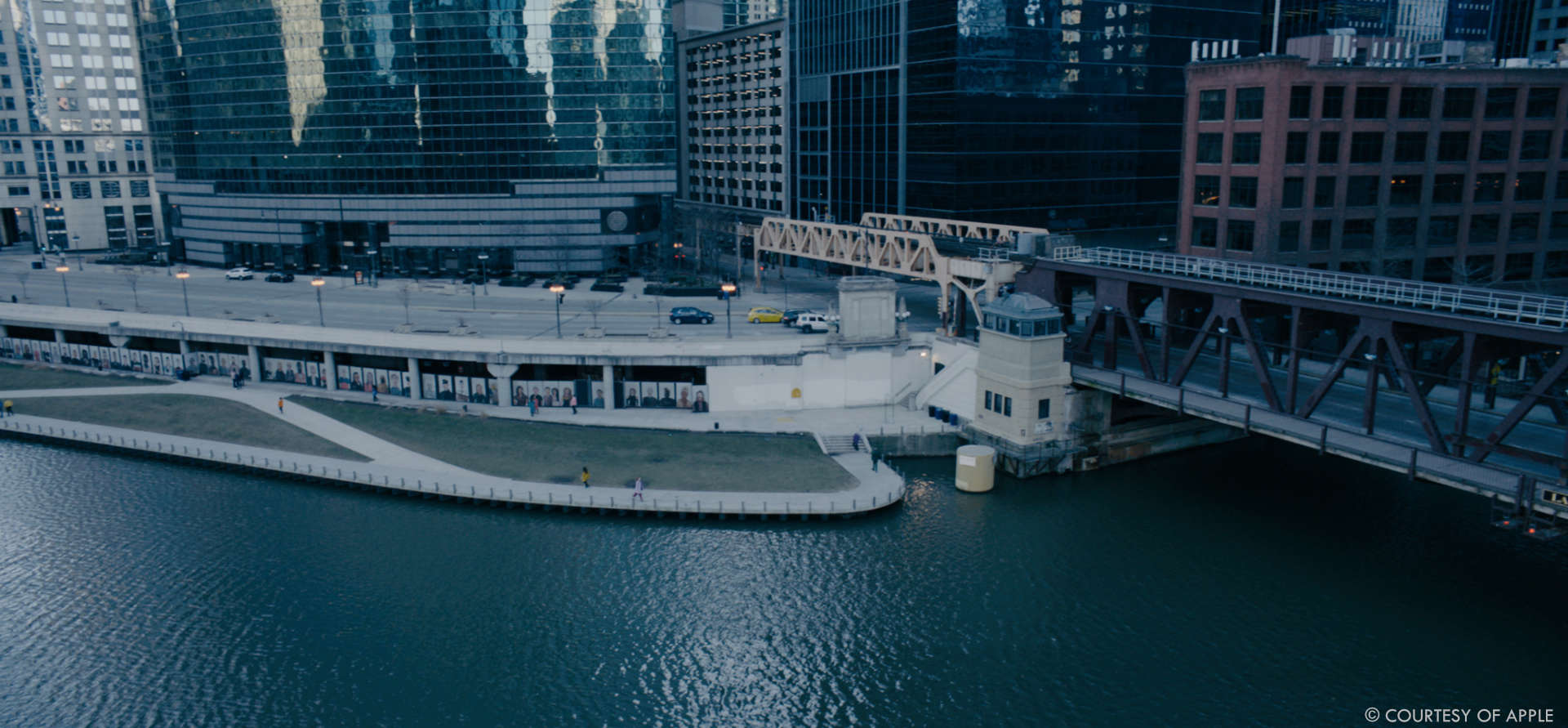

How did the team ensure visual consistency across different realities?
John Heller // The nature of Dark Matter, with all of it’s separate worlds presented a huge challenge in maintaining visual cohesion. Simply put, how do we create so many worlds (at the start of production I think there were over 21 worlds?) that all seem to fit in the same series.
As initial ideas evolved visually, we had to create the right tone of each unique world based on that narrative while keeping them closely related, visually. We worked through hundreds of variations of concepts for each world, created color palettes and other tonal standards that acted as a base line. One thing we really wanted to avoid was anything feeling too sci-fi or fantasy, rather worlds that exist across a spectrum of tangential realities that share a common tone, all feeling grounded in reality,
Important input in our effort towards adherence to reality, even if in a theoretical sense, came from working closely with a Professor of Physics, introduced to us by Blake, who guided us as to what would occur in many of the world’s. Many elements and details were included because of how nuclear war, weather, changes of atmosphere (or lack of one altogether) and shifts of other natural phenomena might affect natural occurrences, shape their appearance and our interaction with them.
Another factor we had to consider was which of the worlds do our characters merely peak into whilst being frustrated by their efforts to assert control over their circumstance, and those they step into, exploring deeper. Many worlds, like Ash World, the aftermath of a nuclear war, Snow World (as we called it), and Utopian Chicago required fully CG environments, buildings, and large amounts of fluid simulations, rigid body and atmospheric FX work.
Marjolaine Tremblay // Chicago and the characters were our bridges, connecting these diverse realities in a coherent and compelling way.
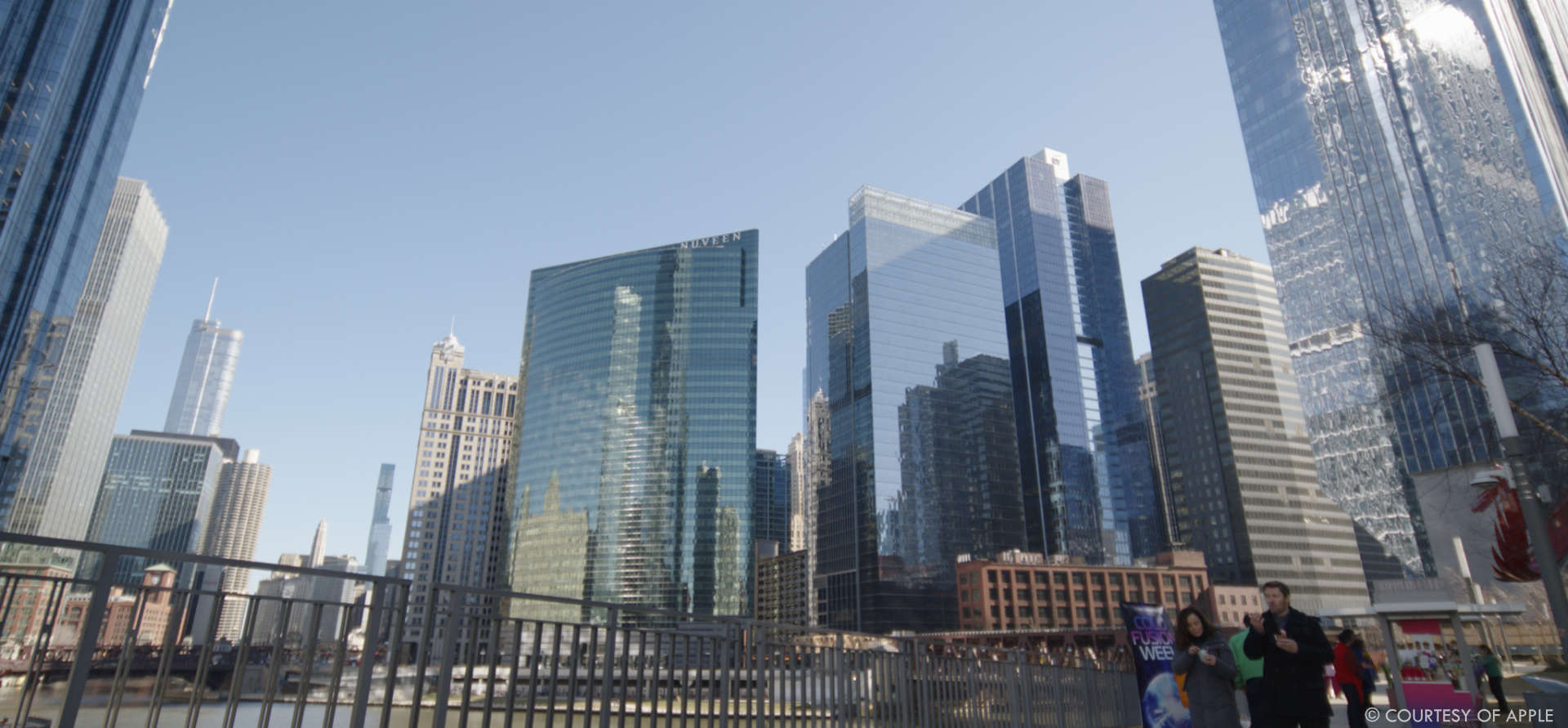
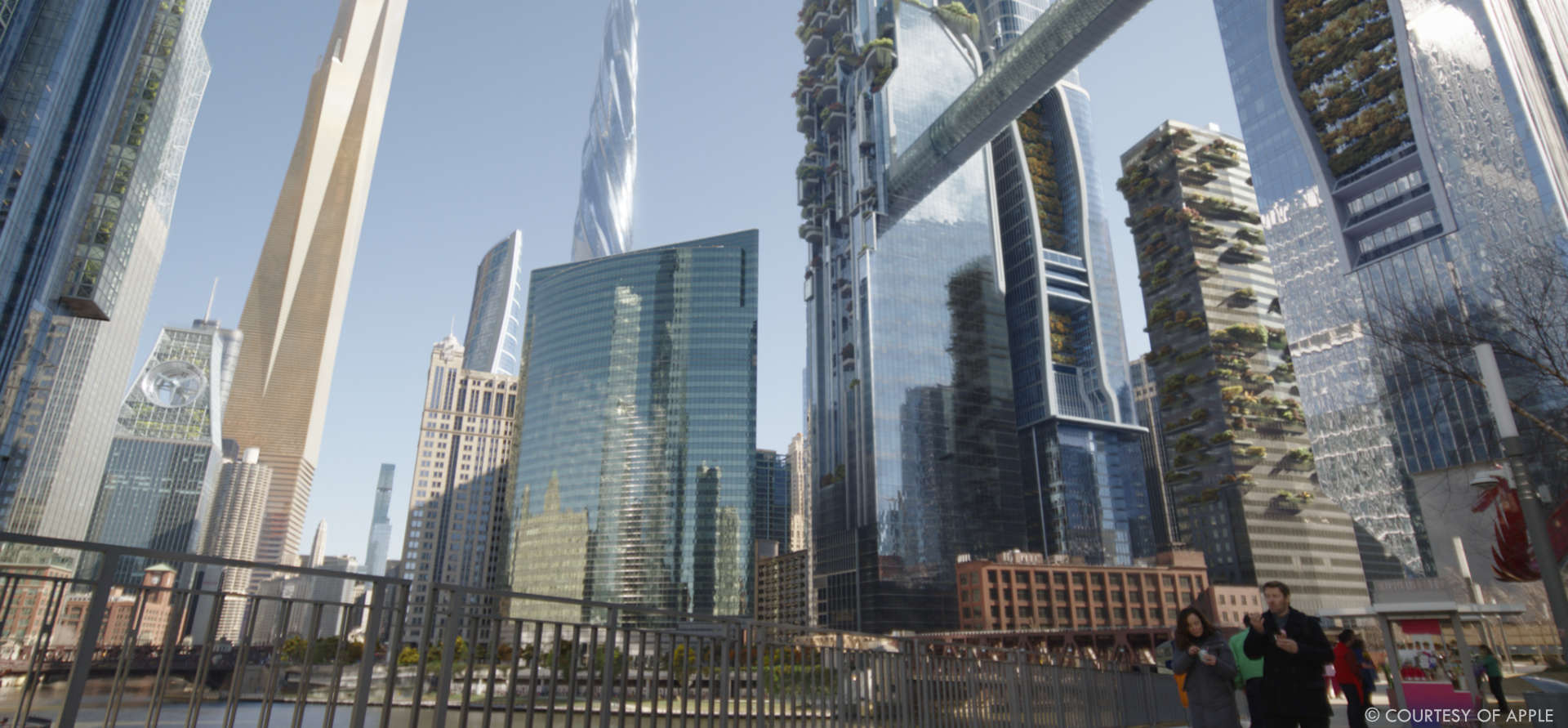
How did the team simulate the destructions of alternate realities?
John Heller // The implosion of downtown Chicago in episode 04 was a lot of fun to create. Honestly, it felt like the easiest to conceive while being one of the most technically involved. Although set along Lakeshore drive, downtown Chicago, the scope of this scene required an alternate shoot location settling on an unlikely section of downtown Gary, Indiana. A blessing in disguise, this offered us just enough of a postage stamp of one building and a parking lot upon which the actors could move through and a blank canvas for our VFX team to build out. Our team scouted the location multiple times collecting lidar, videos and other data to create mockups and animatics as proofs of concept which later worked as a guide for our friends at MPC who did such an incredible job.
The Chicago building assets were crafted by MPC in Maya using data from on-site lidar and photogrammetry. Weathering, dilapidation and Ash layers were also applied using Maya while SideFX’s Houdini was employed to execute the demolitions. Proxy simulations served as drivers for the final hero simulations, leveraging Houdini’s Rigid Body Dynamics (RBD) solver and the advanced guided simulations workflow. Secondary effects, including the simulation of small debris, rocks, and volumetric ash layers, all advected by the collapsing structures’ motion. Extensive digital matte painting (DMP) and FX work further enhanced the sequence, creating a crumbling downtown area and an ash-covered Lake Michigan.
Recreating Lake Michigan covered in several feet of ash posed both technical and creative challenges and was initially developed using our proprietary ocean asset, mpcOcean. This tool allows for rapid creation of oceanic layouts based on Beaufort scale values. Through mpcOcean, Layout Artists can efficiently adjust parameters such as wave direction and wind speed, and apply additional overrides as required. The mpcOcean asset is then handed off to the FX artists who integrate additional interactive layer of ash and other material. Utilizing Houdini’s FLIP (Fluid-Implicit Particle) Tools in conjunction with our assetized mpcOcean parameters, we quickly produce accurate fluid simulations that match the predefined oceanic layout.
For Ash Lake, an additional layer of particulate simulation was essential to replicate the thick, granular texture of the lake surface. Our artists first simulated the lake’s surface motion, including wave interactions with the concrete shoreline, which served as a force to advect overlaid particles which were simulated using Houdini’s grain solver to drive accurate tumbling from wave dynamics and surface cohesion.
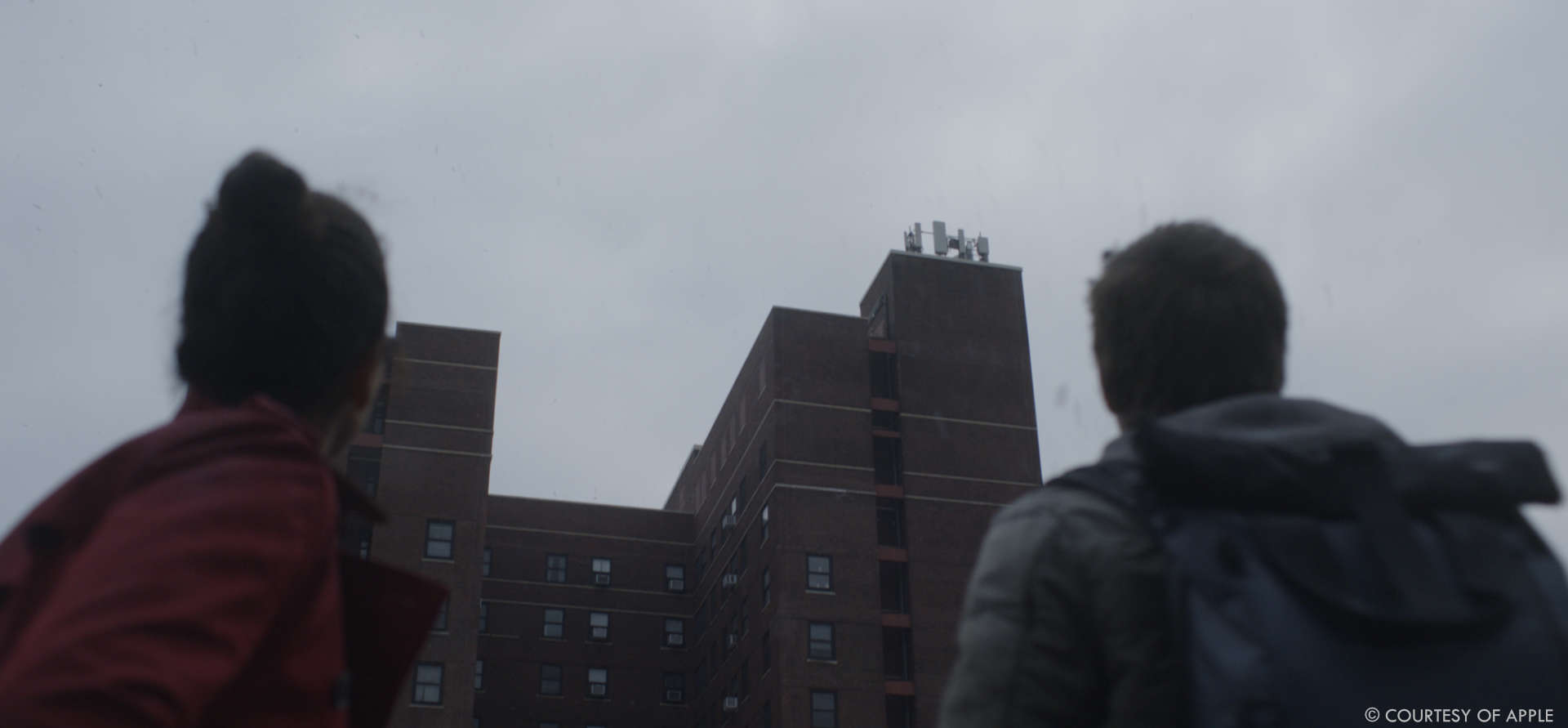
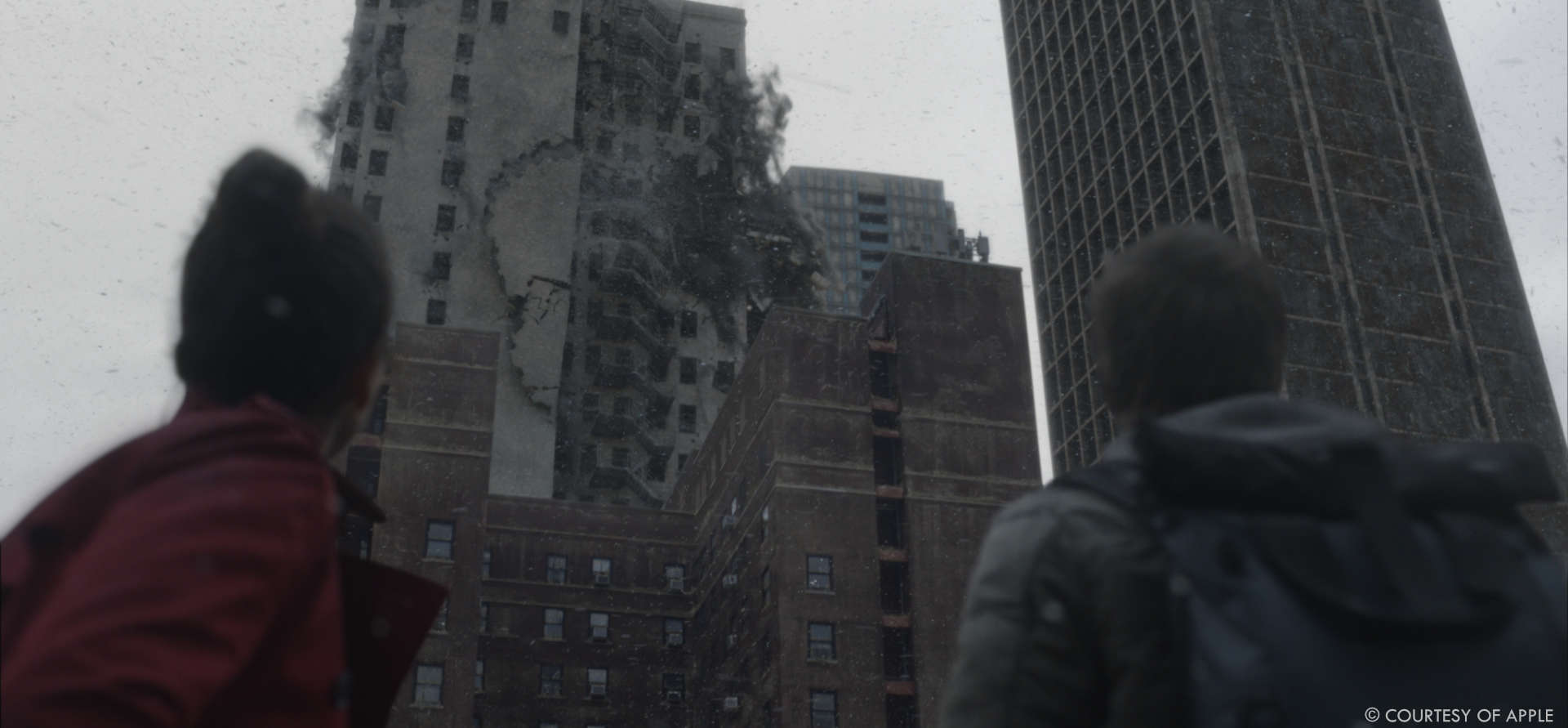
How were lighting and color schemes used to differentiate between various realities?
John Heller // Each world had its own narrative beats with lighting and color characteristics influenced by the sequence’s emotional tone, existing weather or unusual natural phenomena created by some event or environmental shift. The shows wonderfully talented DPs, John Lindley and Jeff Greeley crafted these cues, in concert with Blake’s literary descriptions that guided early concepts and underpinned the entire creative from start to finish, including an entirely unique set of LUTs to emulate each during principal photography. The same LUTs then used as reference for Post VFX work. The earie, golden light of Ash world; the icy blue tundra of a frozen Chicago, the inviting warmth of Utopian Chicago; it’s beautiful sunsets viewed from a mile high restaurant; and the lonely expanse of the endless black corridor.
Marjolaine Tremblay // Lighting and color were some of our biggest challenges. In certain worlds color and light were pushed near the breaking point but were also used to evoke specific emotions and enhance the story. It was a balancing act of pushing boundaries, testing limits.
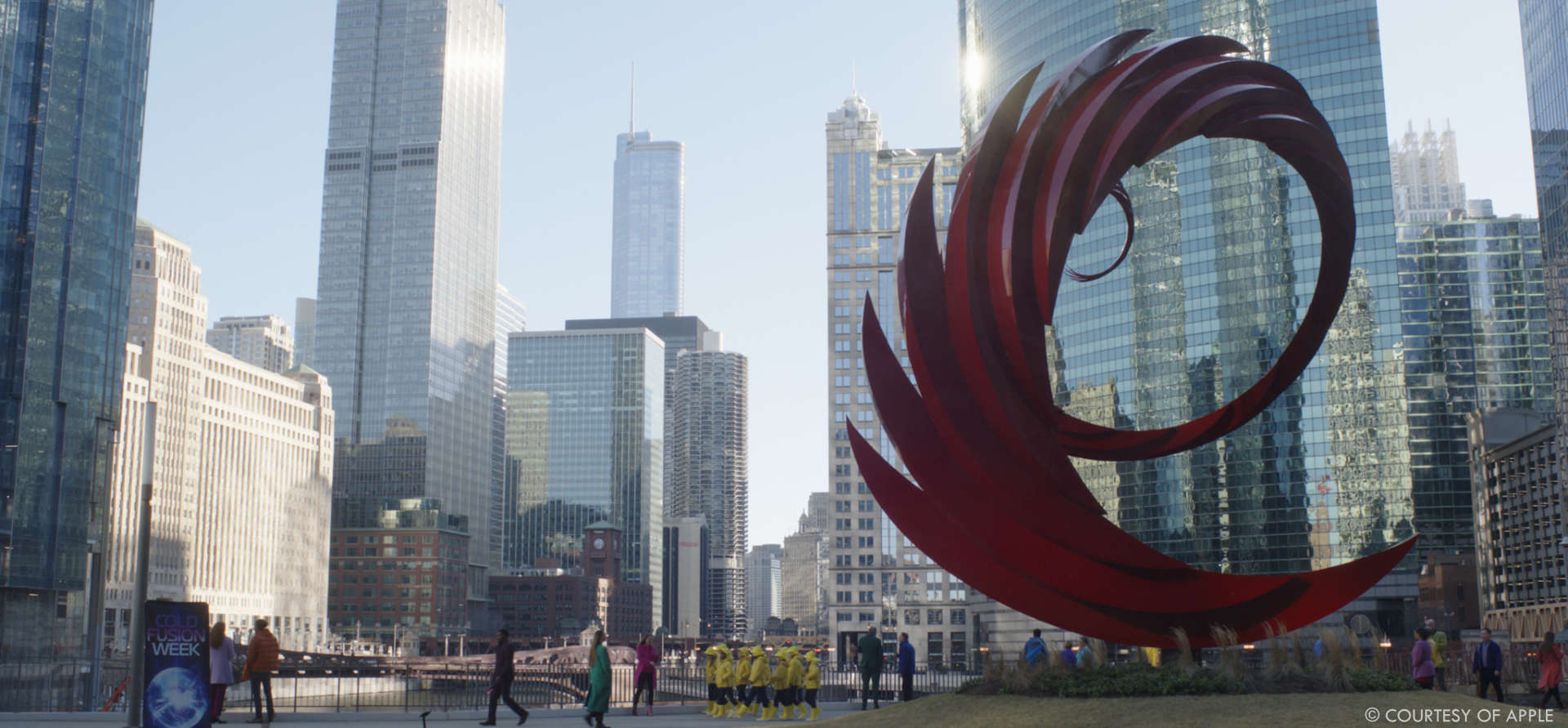
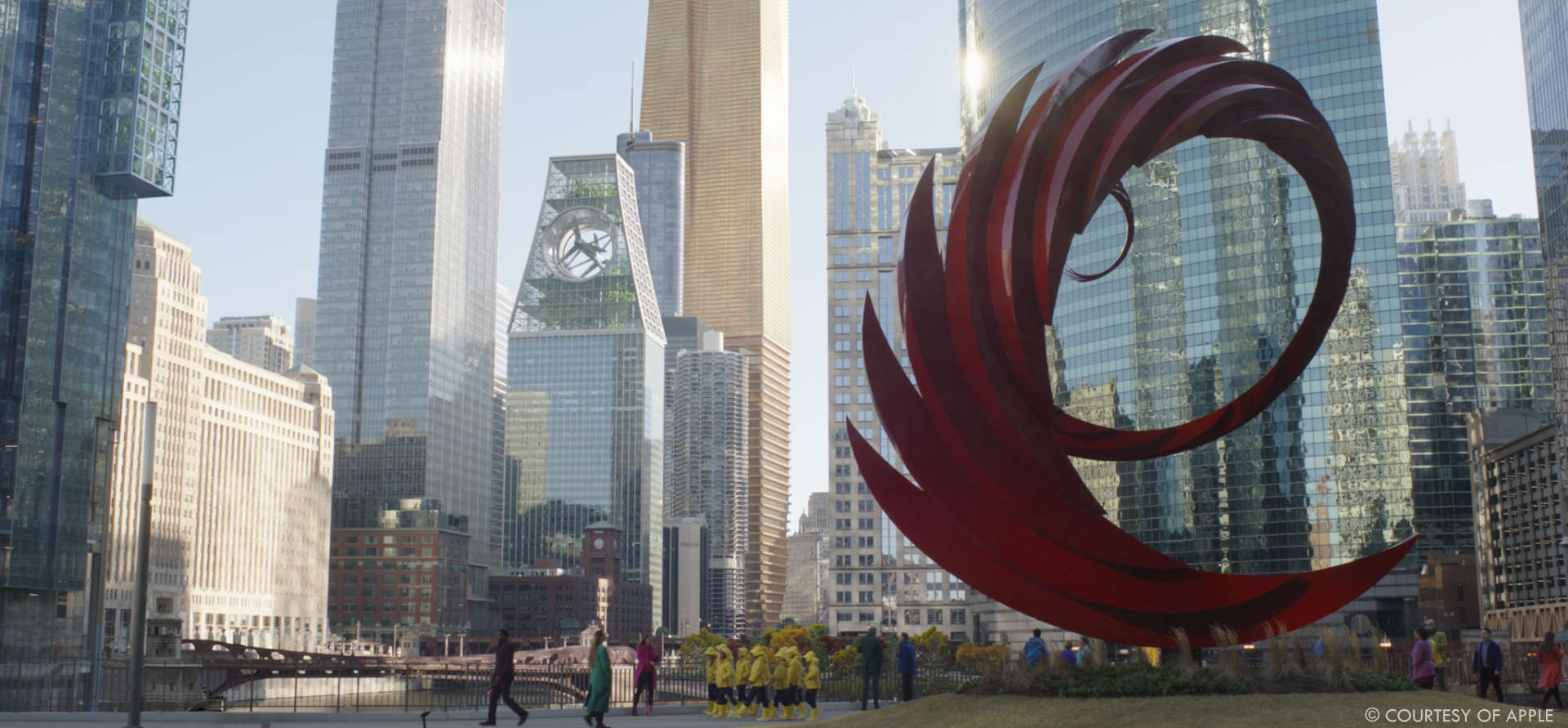
How did the team handle the logistics of filming scenes with character doubles?
John Heller // There is a seeming endless number of Jasons in the scripts, a numerous amount that eventually landed on screen, but in the end, we created about six different versions as hero, in camera versions and another dozen or so variations for the wider crowd of Jasons in the season’s final episode. The planning of who, when, which, and where we needed split screens, blues screen work, face replacement or fully CG Digi-Doubles was often based schedules of hair and make-up which largely determined which, and how many versions we could fit into our shoot schedules. Working with the Assistant Directors and other department heads we mapped out the schedule of character versions and planned a technical approach for each scenario.
Marjolaine Tremblay // The multi-Jason scenes were a monumental task and the most difficult part of the journey from a production standpoint. Scheduling scans, the short shoot schedule for the scene, availability, and even the strikes did not play in our favor. We were unable to shoot additional material, so we had to come up with effective solutions to the problem at hand. The effort to match the stand-ins to the subtleties of movement and proportions of Jason (Joel) was immense, but our team’s dedication turned a complex challenge into a brilliant execution, a testament to the skill and perseverance of everyone involved.
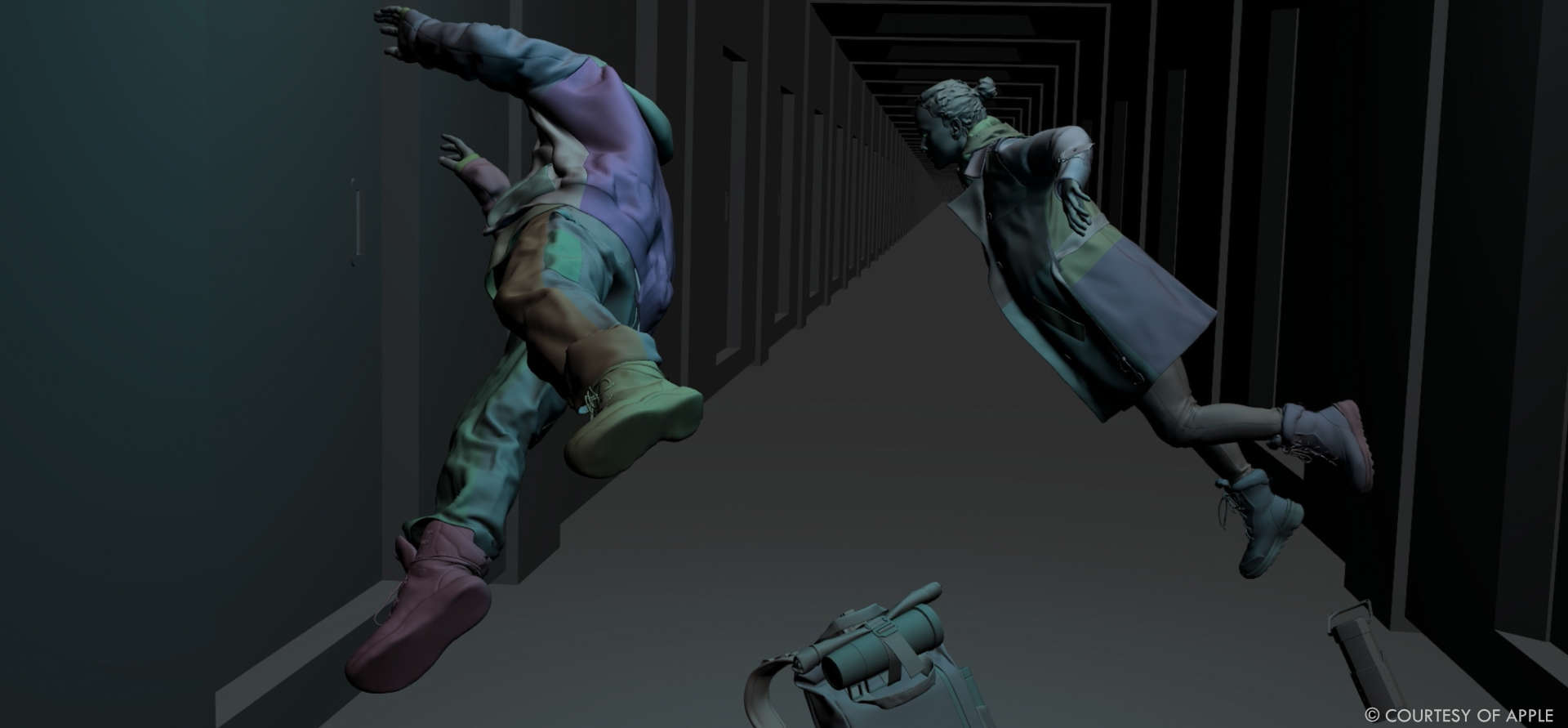

What techniques were used to seamlessly integrate actors with their digital doubles?
John Heller // We approached each sequence differently, employing techniques that best fit each scenario. Common considerations that factor into this are character proximity, action and interaction with one another or other elements within a scene. Multiple passes of Jason, whether blue screen or split screen elements were used as much as possible to capture the actor’s performance, particularly when we are up close and personal; for instance, when Jason sits opposite himself speaking pages of lines across the table of a small barroom booth. Other moments required CG face, head or full body replacement for actor doubles or stunt doubles; as in the car crash when Jason looks to a closeup point of view of his fully CG self, courtesy of Digital Domain. Fully CG Digit-doubles were used in other cases like underwater shots where Joel and Amanda are trapped, drowning in a sinking box. We built these assets from multiple scanning sessions with Joel Edgerton and Alici Braga capturing varieties of costumes, hair and makeup covering full body poses and FACS for facial expressions and speech using a mobile scan truck that sat with us on location long enough to accommodate access to the various Jasons.
The most complex scene is the climax in episode 09 where our Dessen family make their slow march through a crowd of Jasons toward the box only chance of survival. The final cut, nearly fifty shots of a very slow move through more than seventy-five Jasons, all highly recognizable, required a number of techniques to accomplish our goal.
About thirty Jason doubles populated the space which gave principal talent something to react to, establish eyelines, etc. Joel acted against stunt doubles for moments of physical contact. Either Face, Head or Full body replacement was required for every double and an additional 45-50 CG digi-doubles were created to fill out the space. We also shot a library of bluescreen elements of Joel acting out various portions of the scene and multiple camera passes of Joel performing more dramatic moments to be composited later as split screens.

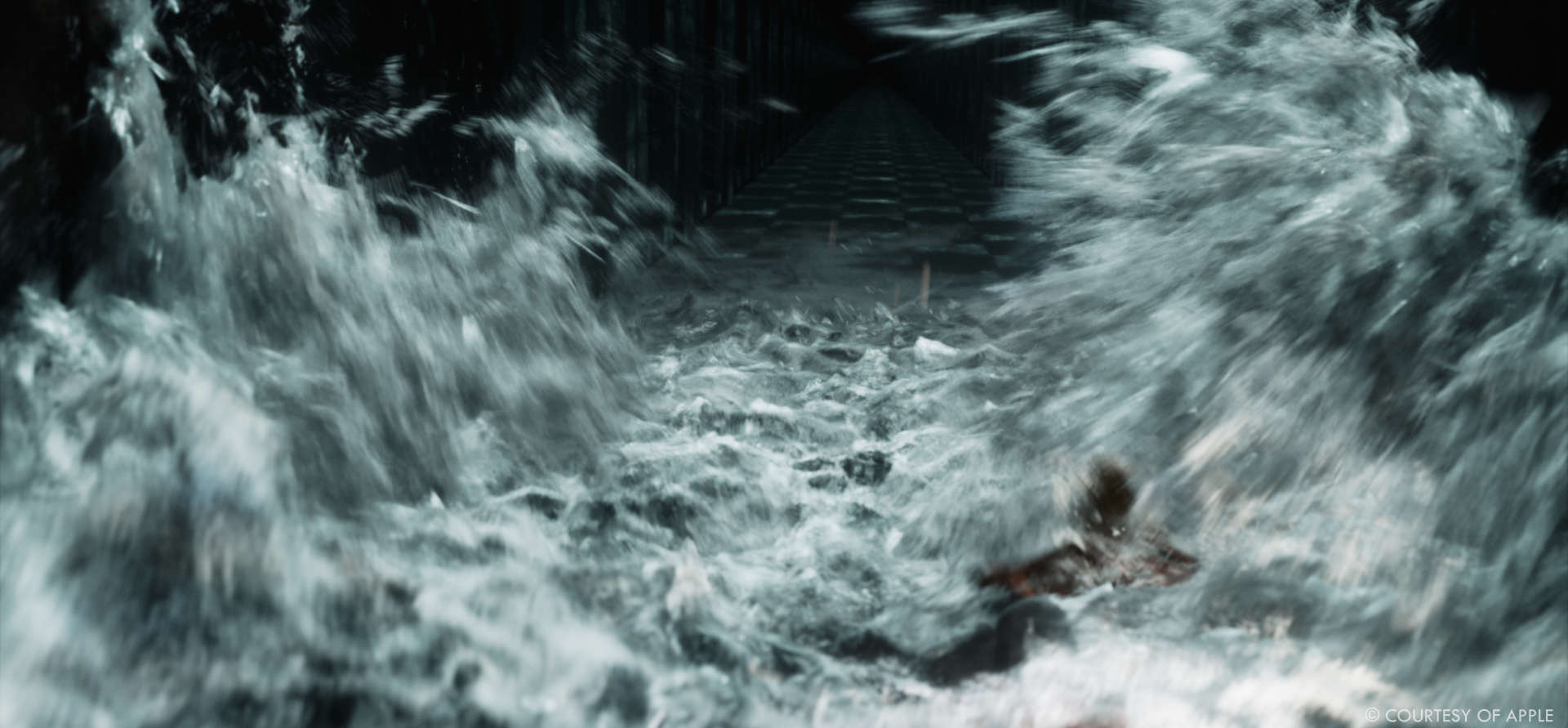
Were there any particular scenes that were especially challenging due to visual effects requirements?
Marjolaine Tremblay // Ash World, Snow World, and the multi-Jason scenes each had their own challenges to overcome. The challenges ranged from color or the lack thereof in a deteriorating cityscape to lighting and snow interaction or a postage-stamp set. In some instances, time and the impact of the strikes were not in our favor. Hats off to the vendors and everyone involved for pulling it off.
How did you balance practical effects with CGI to enhance the storytelling?
John Heller // Our special effects friends are always great partners usually interfacing with one another to either help their work look more dramatic (bigger… much bigger explosions!!!) or to build a footprint of practical material with which the actors can interact, and we can expand upon which is precisely the case with Dark Matter. Ryan Evans and his team blew dirt and ash covering nearly half a block of roads, sidewalk and portions of building for Ash World, covered an extensive footprint of blowing snow and atmosphere for our Polar Chicago landscape, and designed and fabricated a complex dump tank system for our underwater corridor scene, in which, btw stunt actor’s safety was very much at stake. My hats off to those guys.
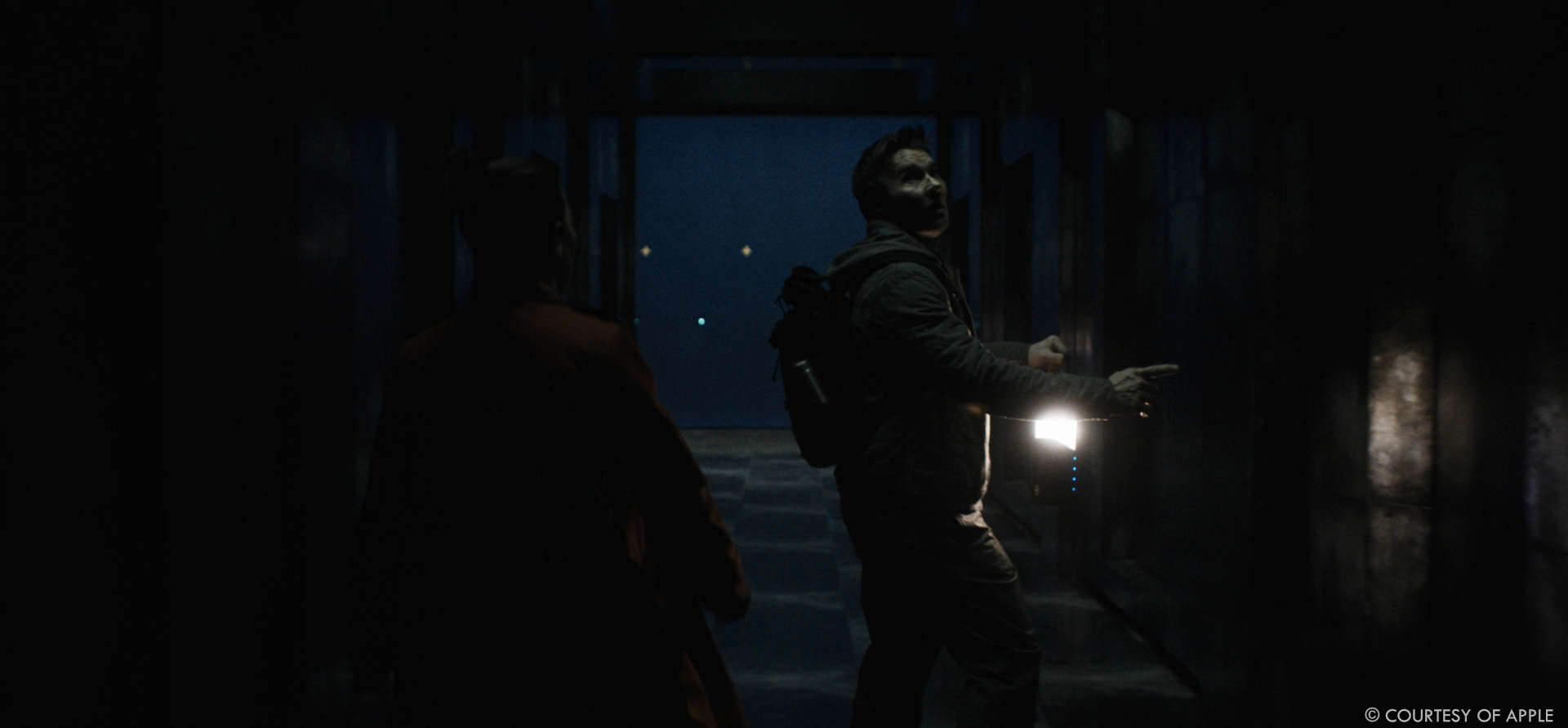
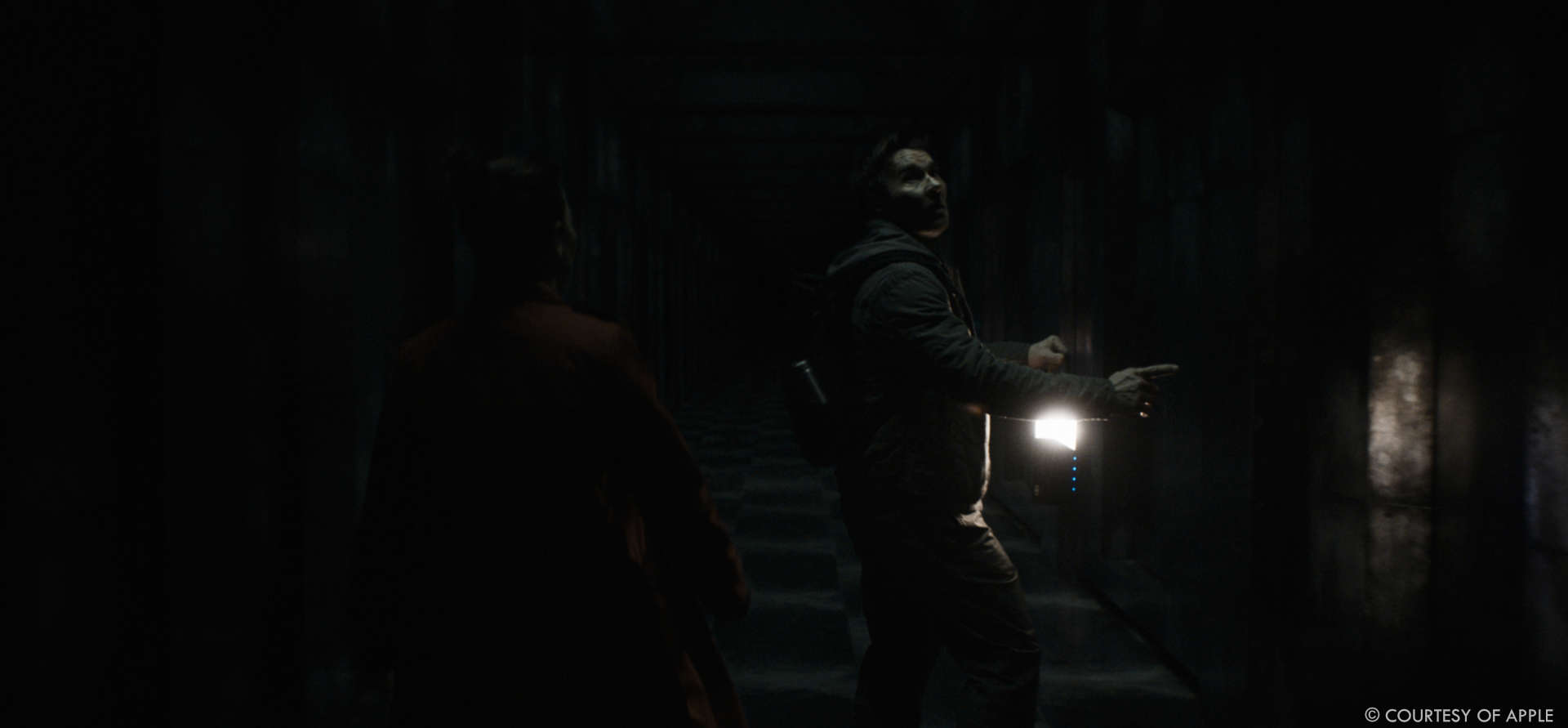
What were some innovative techniques used to create the series’ visual effects?
Marjolaine Tremblay // Innovation is VFX….
Were there any unexpected challenges that arose during post-production?
Marjolaine Tremblay // For me personally was working remotely, miles away from set and the post office. Connecting to the server was also a bit of an issue at times. Conducting our daily scrums and online reviews kept us on track, though nothing quite matches the immediacy and depth of face-to-face collaboration. Information is not always transferred and received the same way via digital channels. We did do our best to keep it as seamless as possible, and everyone worked hard to keep the communications channels open.
Looking back on the project, what aspects of the visual effects are you most proud of?
John Heller // That we achieved creating dramatically different environments that all felt grounded, without pulling the audience out of the narrative.
Marjolaine Tremblay // Without a doubt, I’m most proud of the incredible team behind the visual effects. It takes extraordinary talent and relentless dedication to move mountains! I’m grateful for the collaboration through all the trials and tribulations. It was this collective resilience and creativity that made every hurdle worthwhile. Go team go!
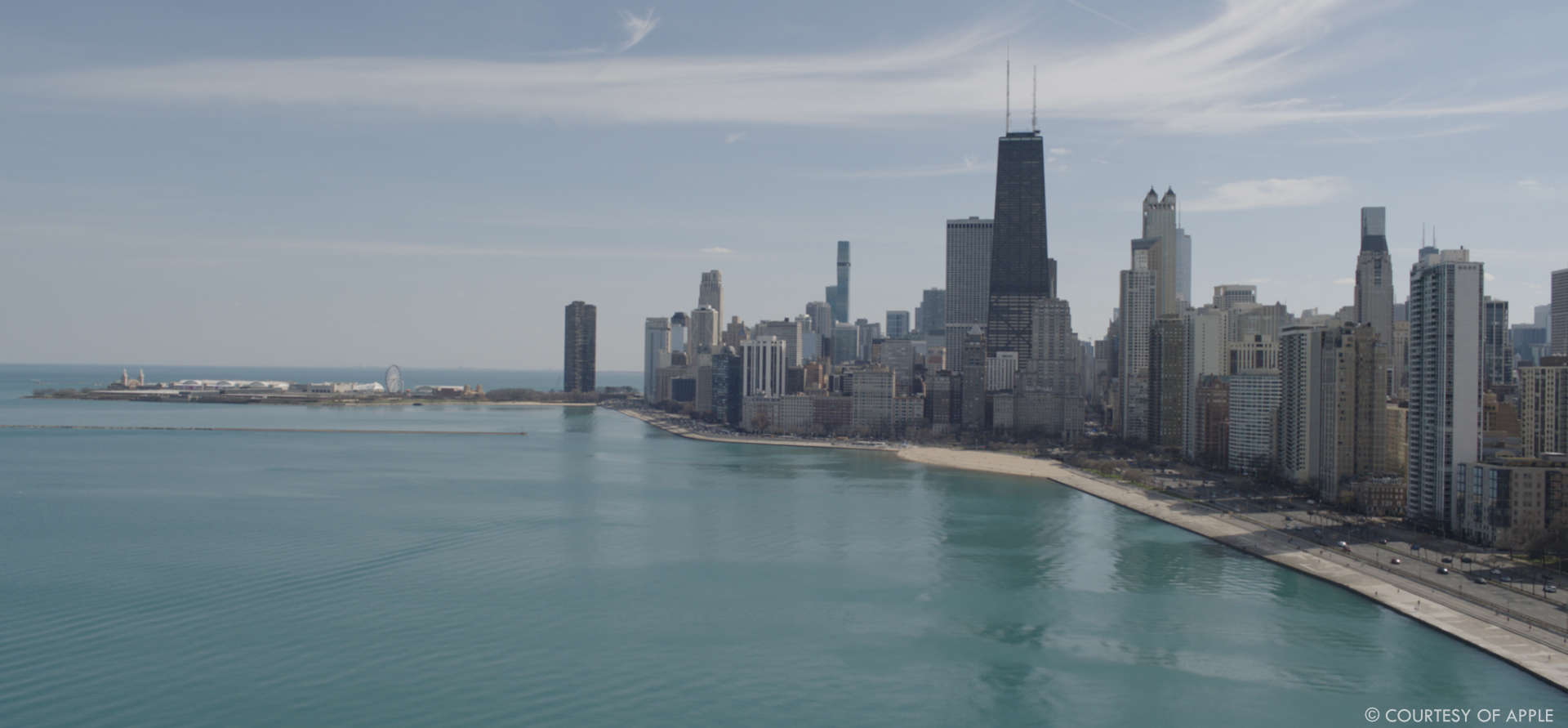
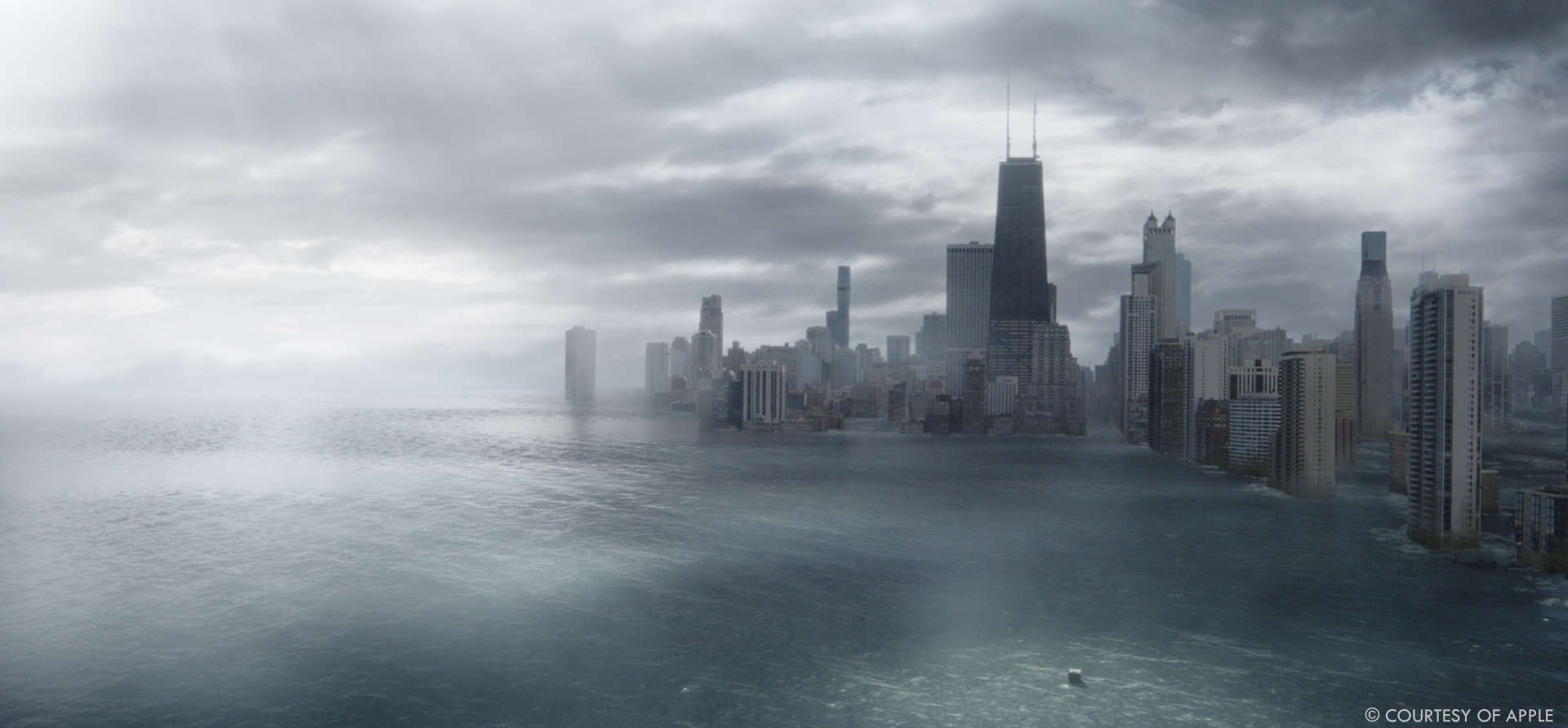
Tricky question, what is your favorite shot or sequence?
John Heller // Wow, that Is a tricky one to answer given the nature of this show. Each scenario was so unique creatively, presenting wildly different challenges. Kind of like choosing a favorite child…
I must say that I get a great thrill out of the city destruction in episode 04, Ash World. It’s high energy and the effects work is just brilliant. There… did I avoid picking a favorite?
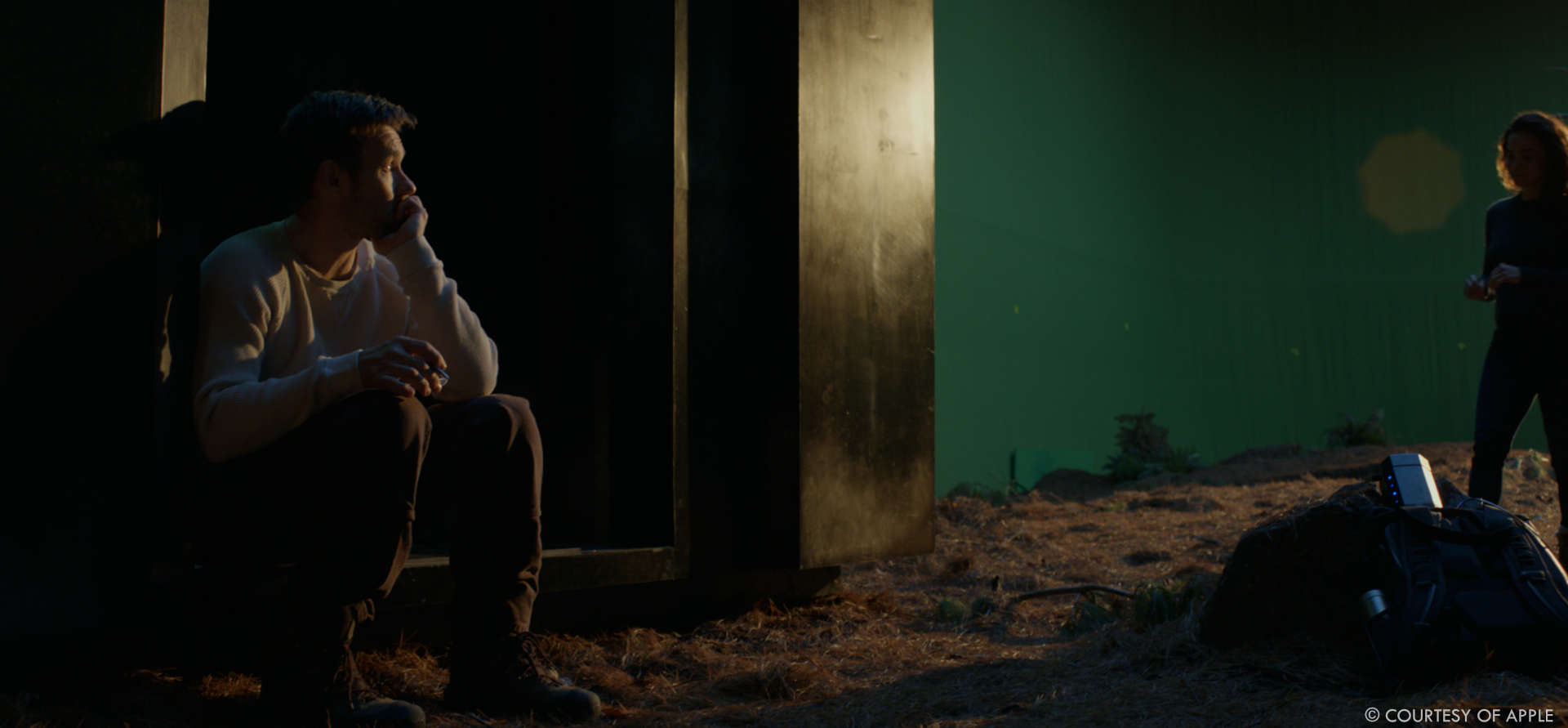
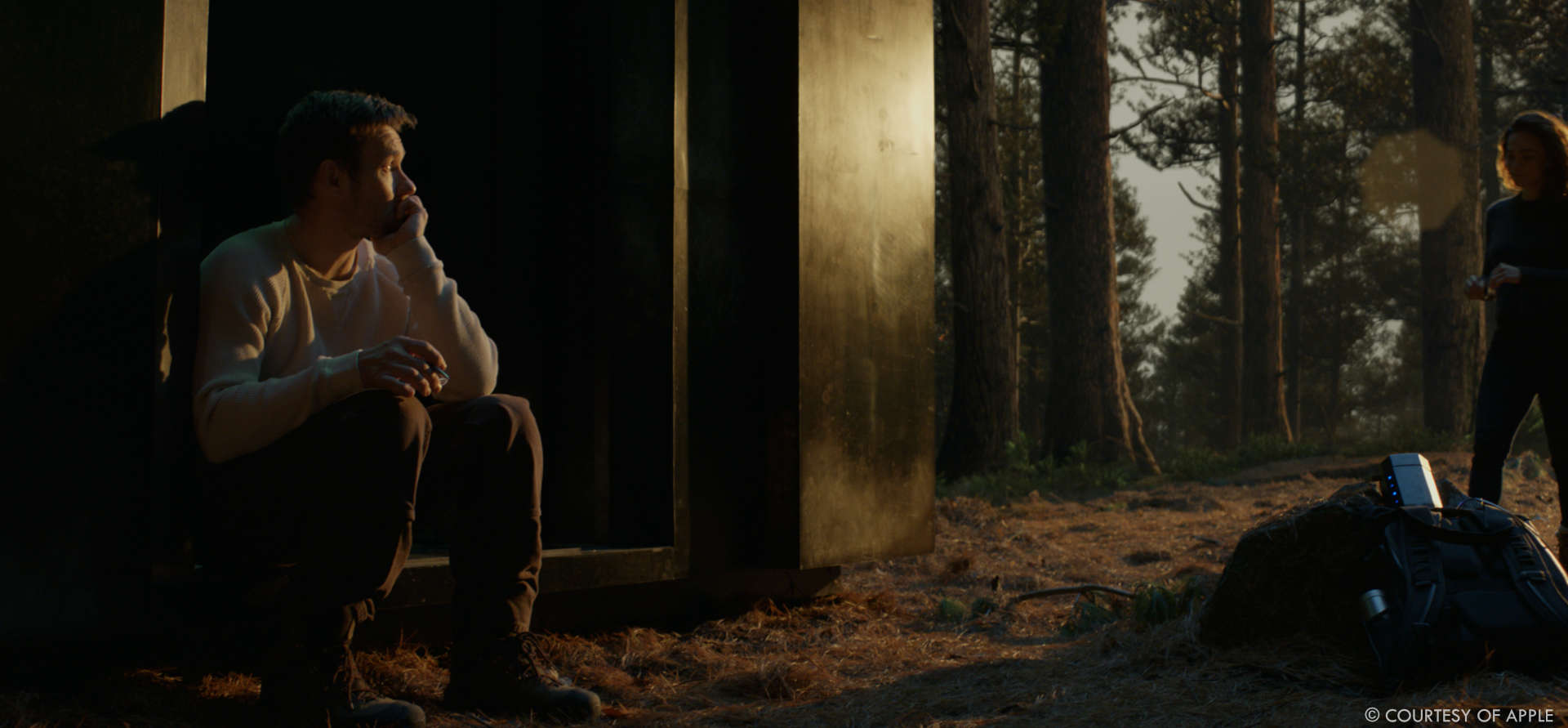
How long have you worked on this show?
John Heller // I started in Sept 2022 through March of 2024.
Marjolaine Tremblay // About 1.5year
What’s the VFX shots count?
John Heller // Good question. Marjo?
Marjolaine Tremblay // My last count was 1535 shots.
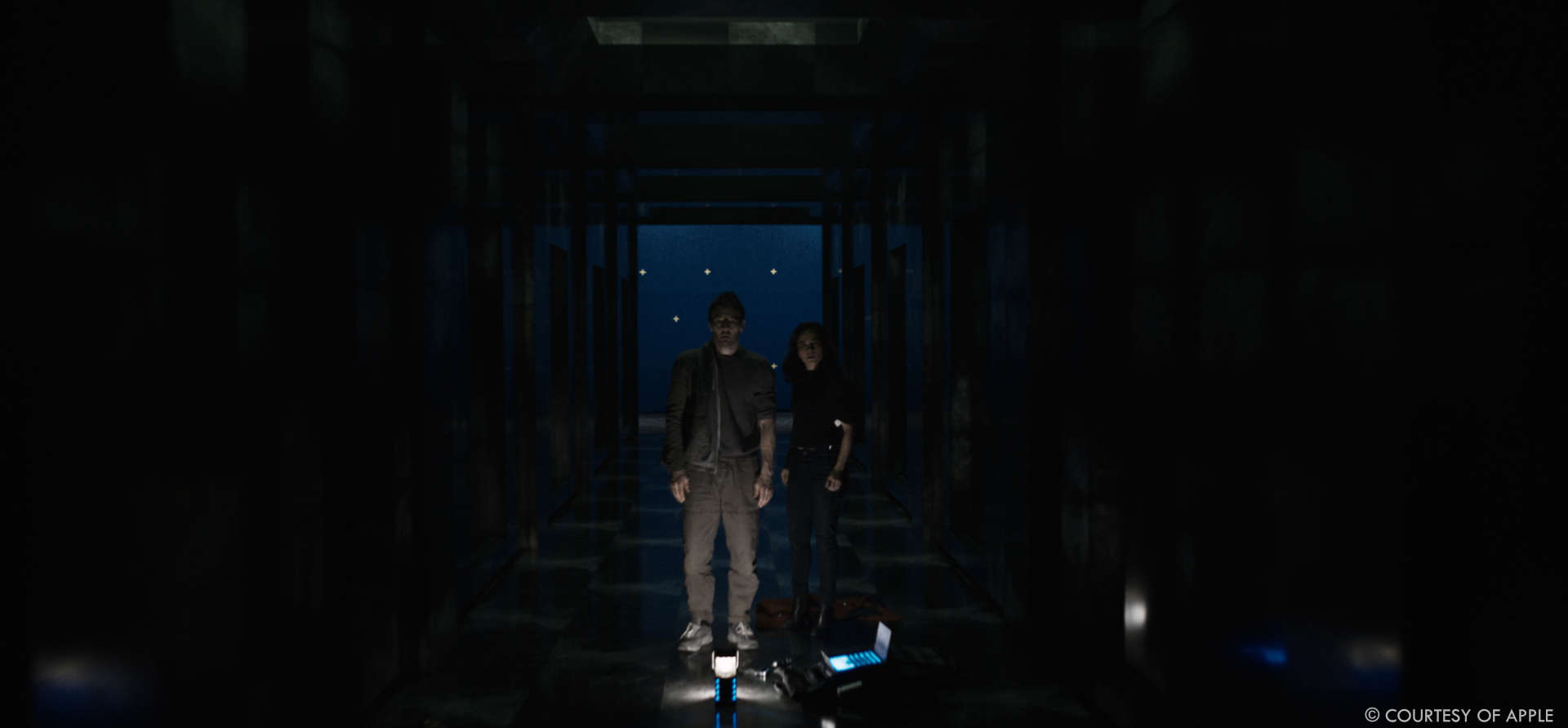
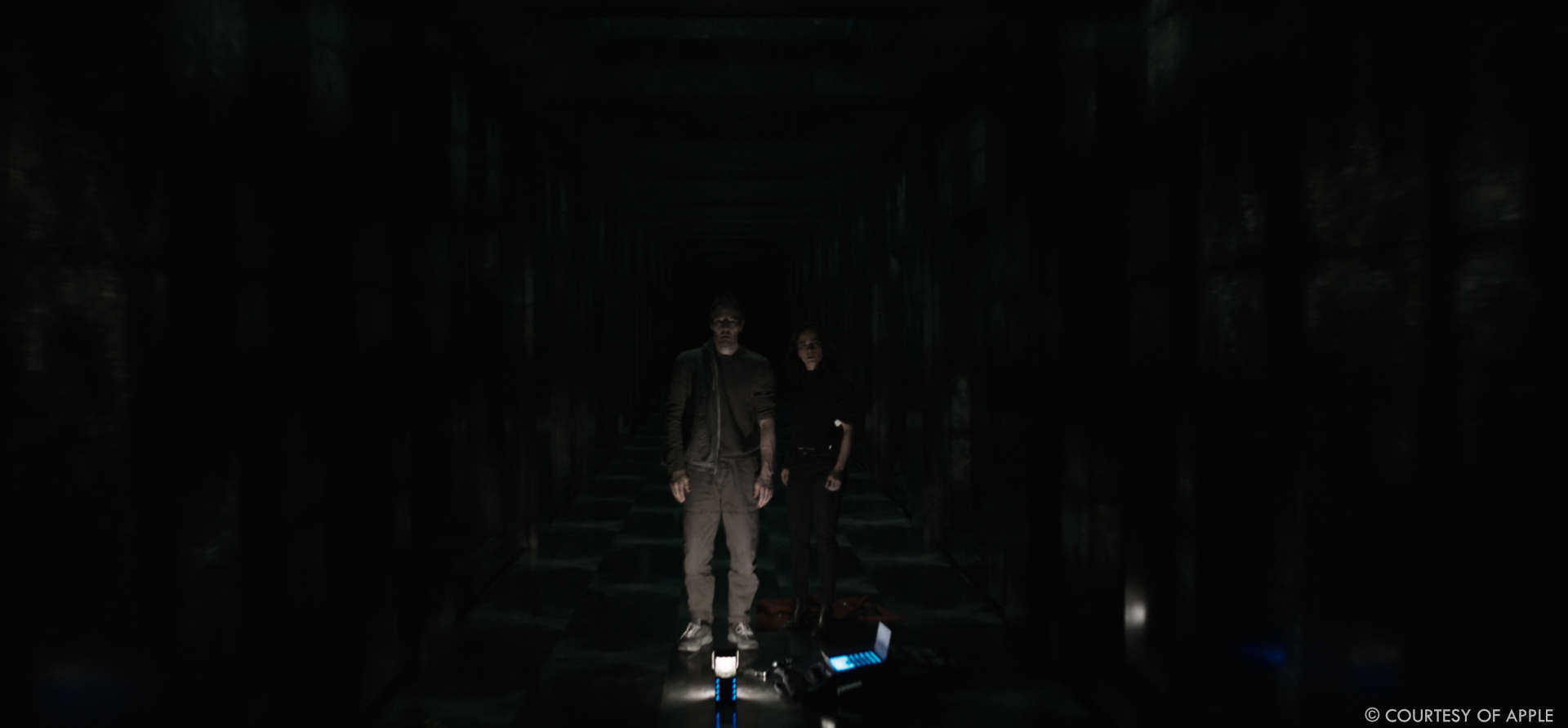
What is your next project?
John Heller // I am currently finishing up post on an AppleTv+/RSA production and hope to begin prep on my next project, which I can’t announce just yet, sometime in October.
Marjolaine Tremblay // Can’t say yet.
What are the four movies that gave you the passion for cinema
Marjolaine Tremblay // What a hard question. There are so many great productions out there that inspire me. “Star Wars” was the second movie I saw in theaters, and I was hooked. I wanted to create holographic creatures battling on a board game or make spaceships fly when I got out of the theatre, it sparked my love for miniatures and animation. The short animated CG film “ Tony De Peltrie” opened my eyes to the possibilities of CGI. I’ll stick with these 2 for now ?
A big thanks for your time.
WANT TO KNOW MORE?
Digital Domain: Dedicated page about Dark Matter on Digital Domain website.
FOLKS: Dedicated page about Dark Matter on FOLKS website.
© Vincent Frei – The Art of VFX – 2024




